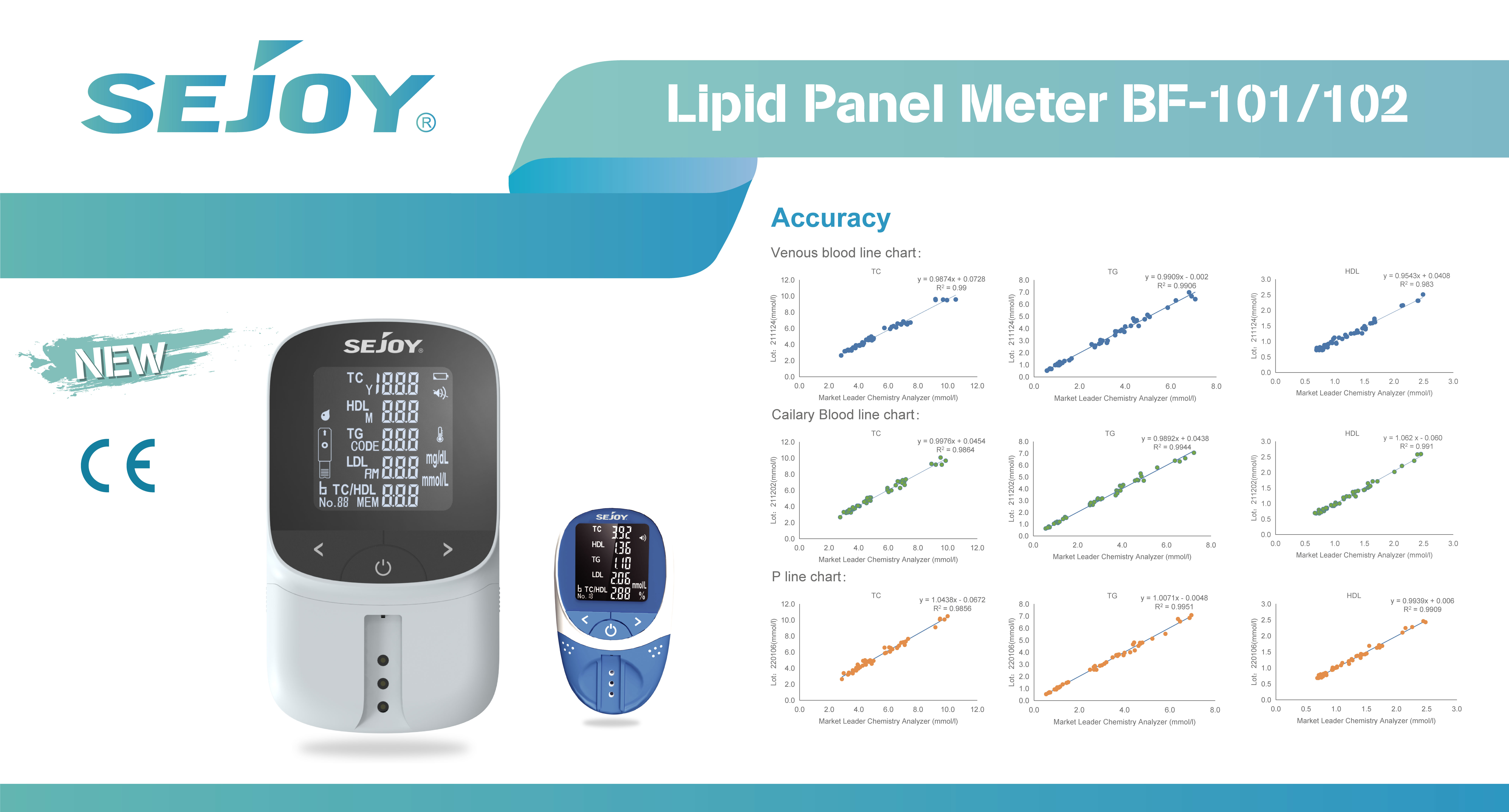The blood lipids we often refer to are a collective term for cholesterol, triglycerides, and lipids (such as phospholipids) in the serum. The main factors closely related to human health are cholesterol and triglycerides (TG). There are two sources of blood lipids, one is the digestion and absorption of food, and the other is the self synthesis of liver, adipocytes, and others. Lipids must combine with special proteins (i.e., apolipoprotein) to form lipoproteins that can dissolve in the blood and be transported to various tissues of the human body for function. Lipids have various physiological functions, with triglycerides being able to store and provide energy for the body, while cholesterol is involved in the formation of cell membranes and the synthesis of certain hormones. Blood lipids provide protection for the normal physiological functions of the human body, but abnormal blood lipid levels can cause harm.
There are many reasons for Dyslipidemia, including obesity, diabetes and other diseases; Poor lifestyle habits such as high fat diet and excessive alcohol consumption; Take hormones and other medications. In addition, it is also influenced by factors such as age, gender, and genetics that cannot be changed. Dyslipidemia is not a geriatric disease, but may occur from childhood to old age. Long term Dyslipidemia is very harmful to human body. As time goes by, blood lipids will deposit on the arterial wall, leading to the formation and development of atherosclerotic plaques, resulting in arterial Stenosis. Once the plaque ruptures and activates the formation of blood clots, it will further block blood vessels, leading to the occurrence of cardiovascular and cerebrovascular events such as acute myocardial infarction and cerebral infarction.
In clinical medicine, total cholesterol (TC), triglyceride (TG), low-density lipoprotein cholesterol (LDL-C) and High-density lipoprotein cholesterol (HDL-C) are routine items for blood lipid detection. For low-risk population without a history of Atherosclerosis cardiovascular disease (ASCVD), the control standards of main blood lipid indicators are: total cholesterol<5.2 mmoI/L, low-density lipoprotein cholesterol<3.4 mmoI/L, and triglyceride<1.7 mmoI/L. The lower the blood lipid index, the better. Among them, High-density lipoprotein can transport cholesterol in the artery wall to the liver for metabolism, which has the effect of anti Atherosclerosis. It is generally recommended that High-density lipoprotein cholesterol ≥ 1.0 mmoI/L.
So it is necessary to regularly lipid cholesterol meter. Sejoy blood lipid meter can help you monitor your blood lipids in a portable way. Sejoy Blood Lipid Tester uses the principle of light reflection to detect blood lipids. It only needs a drop of blood (35ul) to detect the ratio of five blood lipids – total cholesterol (TC), high-density lipoprotein cholesterol (HDL-C) and triglyceride (TG) and to calculate the values of TC/HDL-C and low-density lipoprotein cholesterol (LDL-C).in a short time of 180 seconds. At the same time, it has the following functions: Approve 3 minutes after the last operation, The results are accurately displayed, with features such as Large LCD and Clear display icons, where the detection temperature is relatively wide and can be detected under conditions ranging from 15 to 35 ℃. If you want to learn more about Sejoy lipid profile analyzer features and parameters, please visit the following link to inquire and consult.
Post time: Jul-25-2023



